The ultimate guide to cooking with cream
Overwhelmed and confused by all the different types of cream? We’ve got you covered. Here’s an explainer of the types of cream available in South Africa and how to use them.
What are the different types of cream available in South Africa?
Pouring cream
This is the most common and easy to use (and find!). Pouring cream generally has a lower fat ratio (roughly up to 35% fat content) than other creams, which makes it the best for sauces and soups. This is not the cream to try and whip – the fat content will hamper this. Instead, use it to add creaminess to any dish or serve with desserts and puddings.
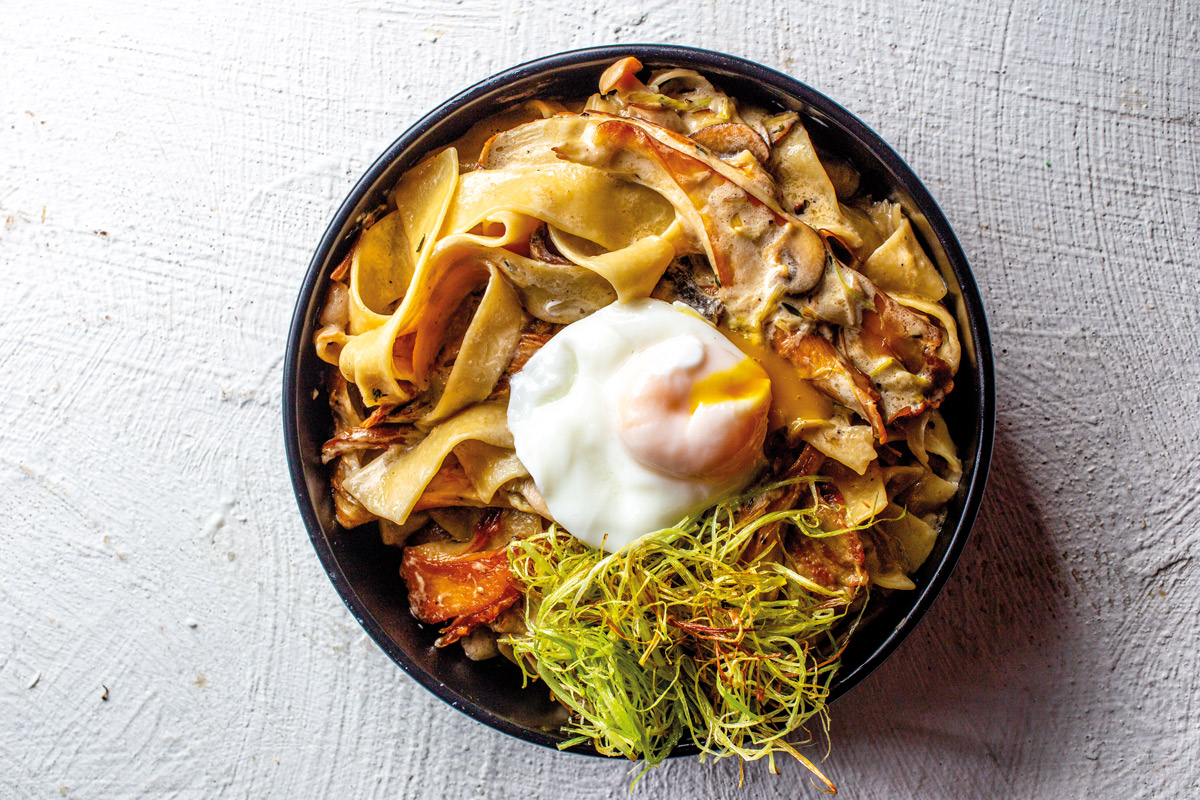 Get the recipe for creamy mushroom pasta here.
Get the recipe for creamy mushroom pasta here.
Whipping cream
This cream contains a bit more fat than pouring cream (anywhere between 35% and 45%), which is what helps it whip up really nicely. But don't let this put you off using it for other things, whipping cream is pretty versatile and can also work in soups and sauces, and be whipped up for desserts. Whipping cream is sometimes referred to as heavy cream, which relates to the fat content.
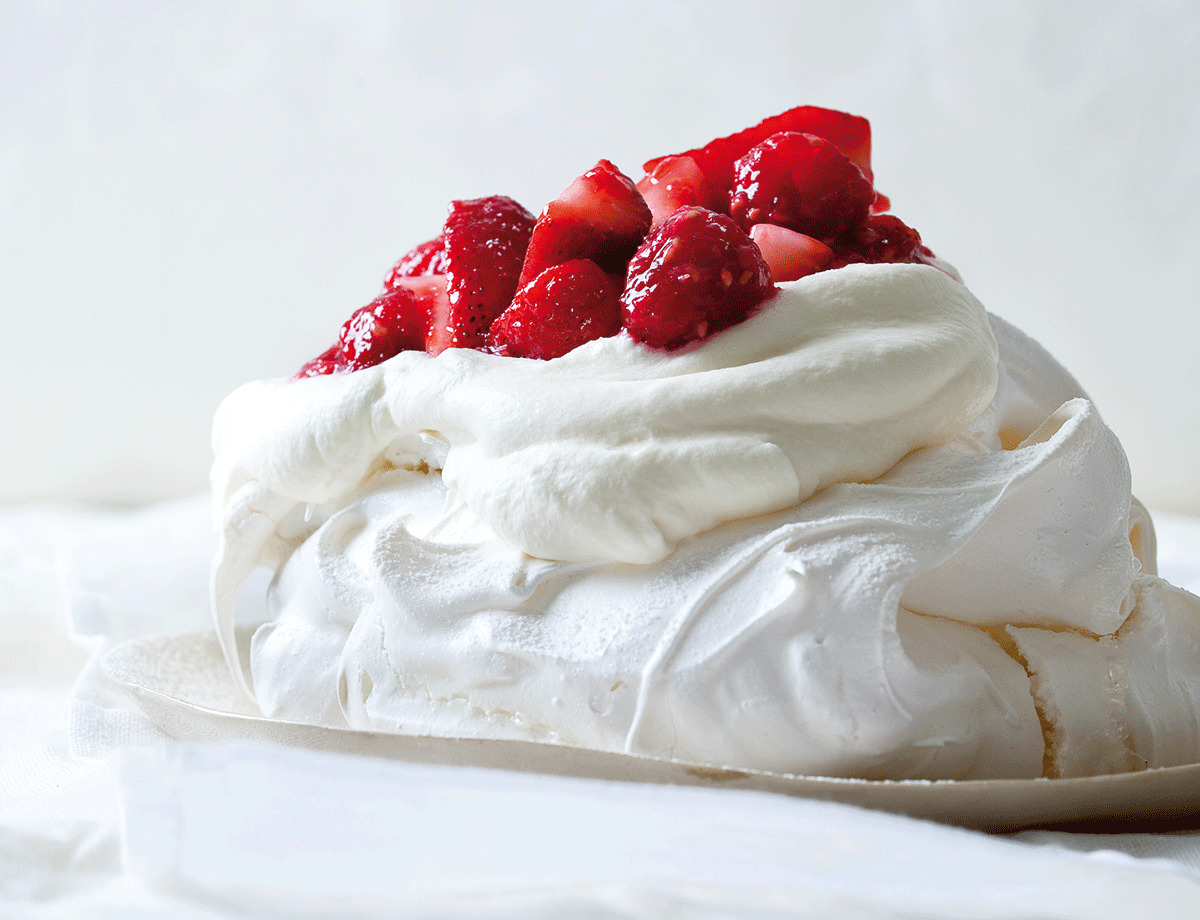 Get the recipe for traditional pavlova with berries and cream here.
Get the recipe for traditional pavlova with berries and cream here.
Double-thick cream
This is the cream that often stumps people. Double-thick cream often has a much higher fat content than other creams (generally 50% fat) and the texture is exactly as it says on the bottle – it's very thick. Don't try and whip this – you'll end up with butter. Stir into sauces and soups for an extremely creamy result, or serve it as is with desserts or use to sandwich cakes, such as a Victoria sponge.
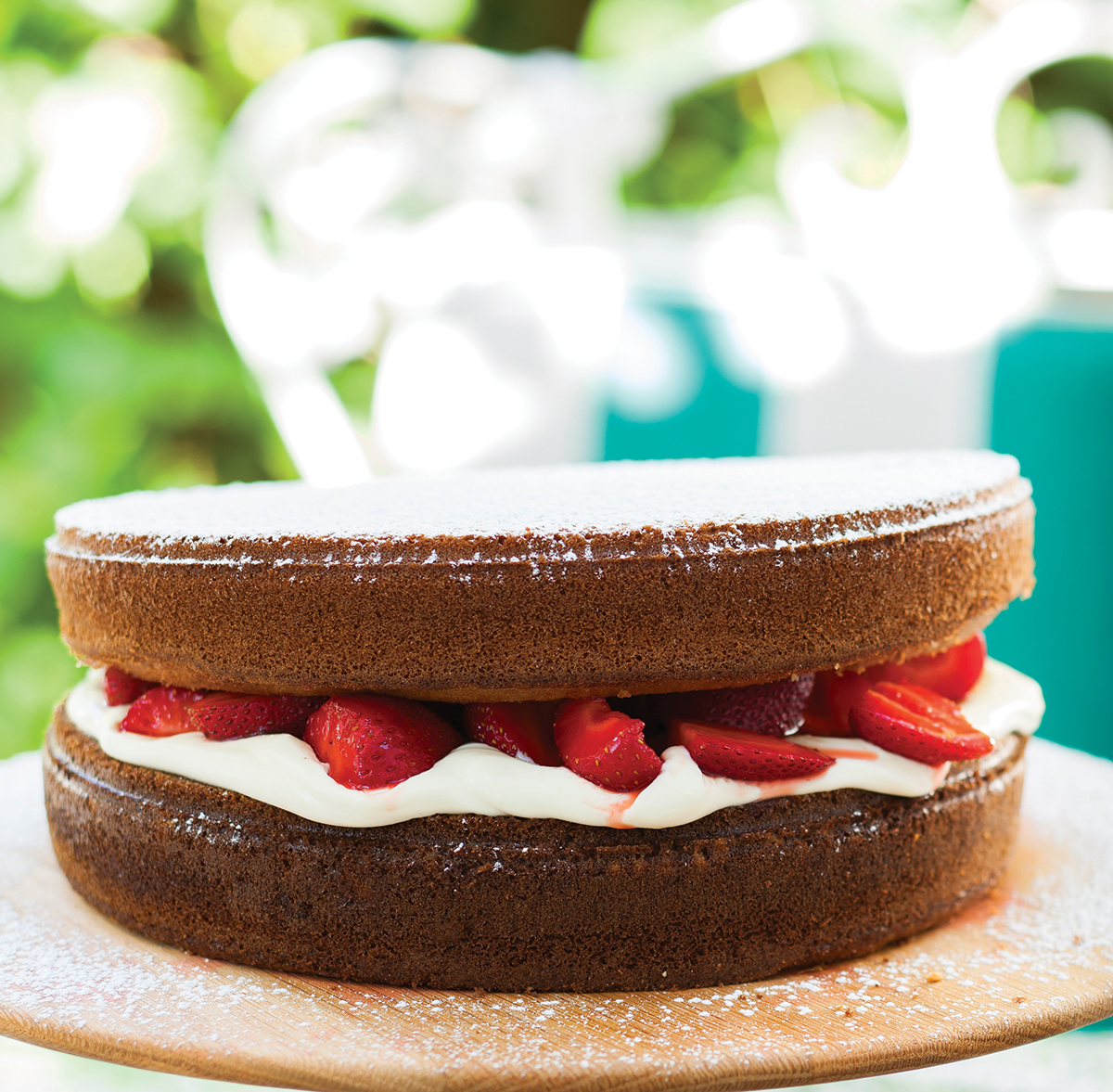 Get the recipe for hot milk sponge cake with double thick cream here.
Get the recipe for hot milk sponge cake with double thick cream here.
Sour cream
No surprises here: sour cream is essentially just soured cream. The addition of lactic acid to full cream results in a thick, tart cream that can be used in cooking or as a garnish or topping. Stir it through pie fillings or pasta sauces for a lovely acidic finish, or do as the French do and serve it with desserts, such as a tarte tatin. A lot of cake recipes call for sour cream as it acts as a leavening agent with bicarbonate of soda or baking powder, and adds a pleasant richness. Don't try whipping this cream as it's quite thick, but you can stir a spoonful or two through whipped cream to add a bit of freshness. This is also a great cream to use when making pastries, for a lovely crisp result.
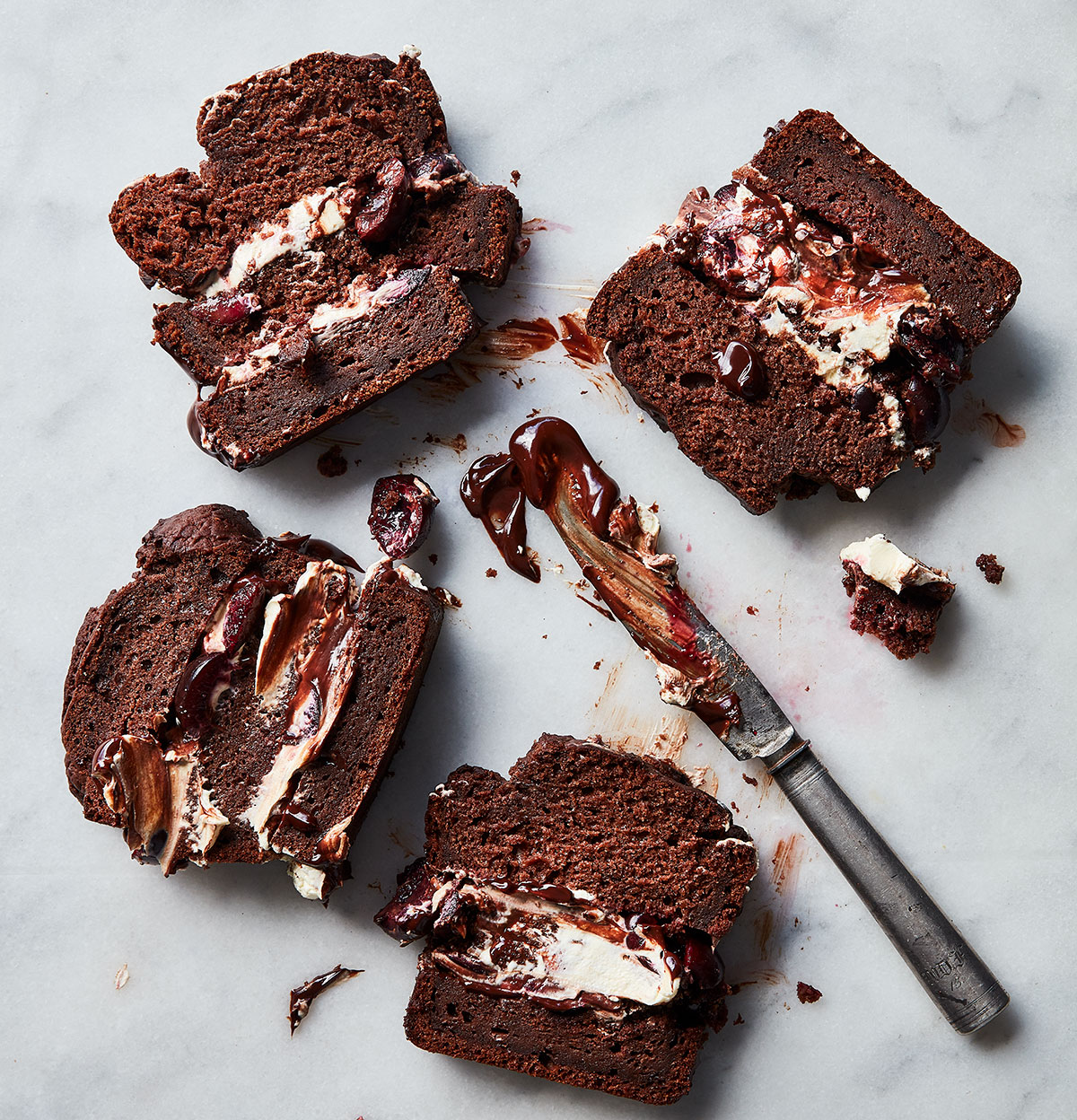 Get the recipe for chocolate-cherry sour cream cake here.
Get the recipe for chocolate-cherry sour cream cake here.
Crème fraiche
Crème fraiche isn't too far off sour cream, except that it has a slightly higher fat and a somewhat milder acidity. Use it as you would sour cream.
 Get the recipe for crispy potatoes with masala butter crème fraiche here.
Get the recipe for crispy potatoes with masala butter crème fraiche here.
Mascarpone
While not technically a cream – it's more of a creamed cheese – mascarpone is made from thickening (or cooking) heavy cream. The result is something similar to the double-thick cream mentioned above, or clotted cream, which is commonly found in the UK. It's mostly used in desserts such as tiramisu.
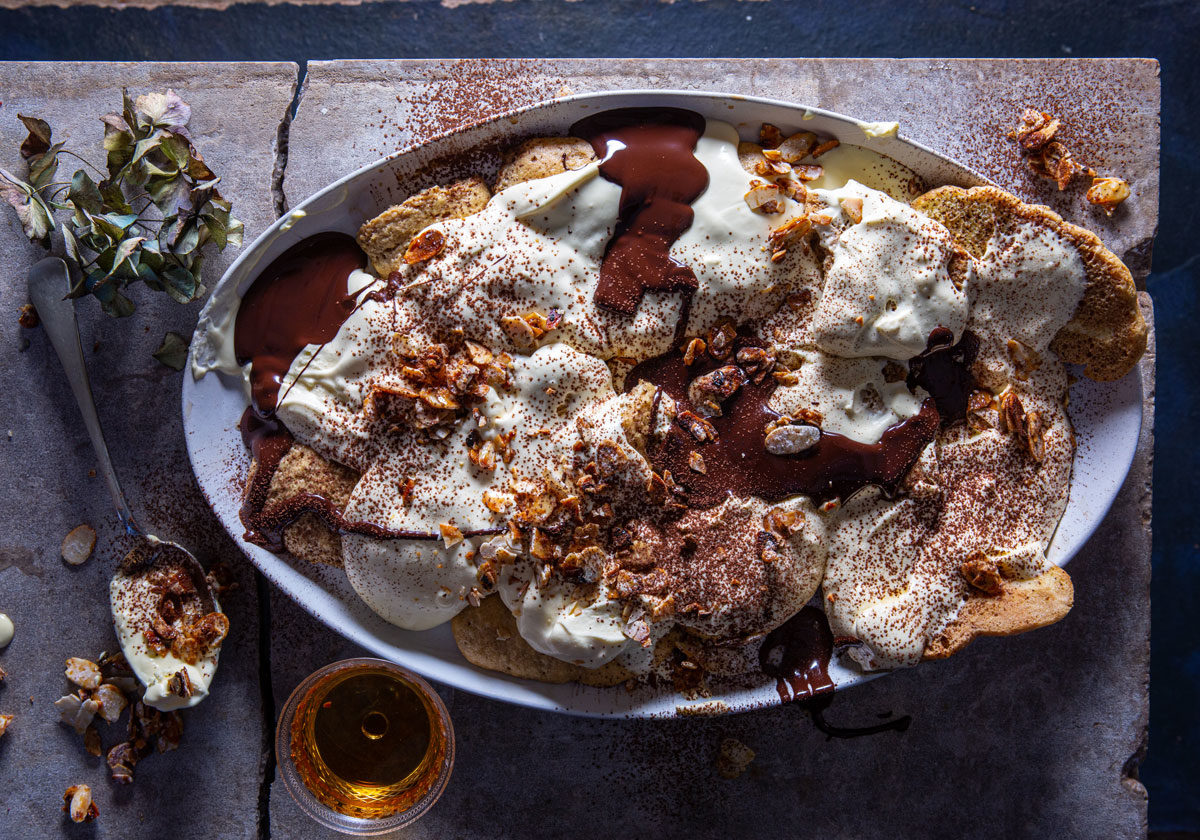 Get the recipe for tiramisu here.
Get the recipe for tiramisu here.
How to cook with cream
Cooking with cream is pretty simple, as long as you're using the right kind as explained above. For making creamy sauces, soups or fillings, pouring or whipping cream will do the job. The most important thing to remember is that the higher the fat content in cream, the more susceptible it is to splitting or curdling at high heat. To prevent this, make sure you reduce the cream slowly over a medium heat, or add a teaspoon or two of flour to the mixture before to help stabilise the cream.
How to whip cream
Whipping cream is pretty simple, even more so if you're using a mixer, but is even manageable by hand. Warm cream won't whip well (and is at a higher risk of curdling), so make sure it's nice and cold. The only other pitfall to watch out for is not to overwhip it. Once you get soft peaks, stop. Beyond that, the cream will begin to separate and curdle slightly.
Looking for creamy pasta recipes? Find our favourites here.


Comments